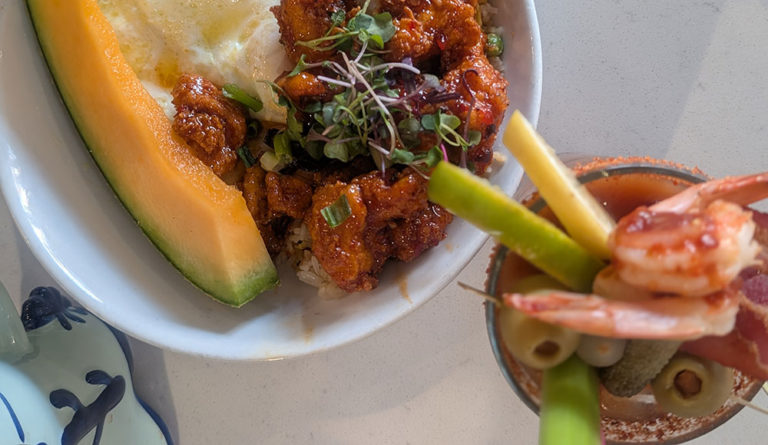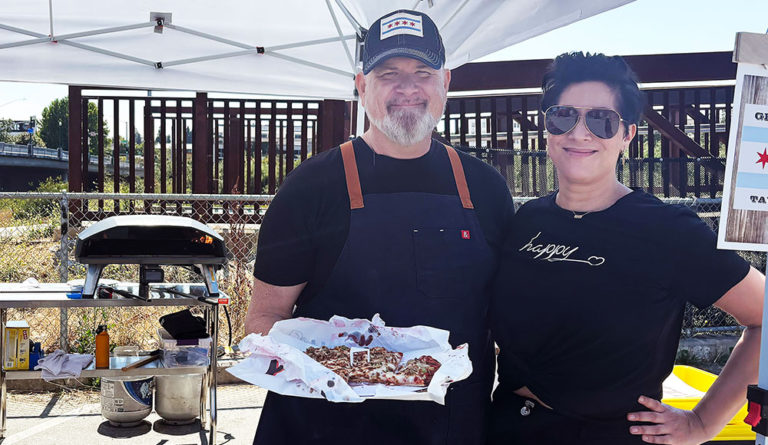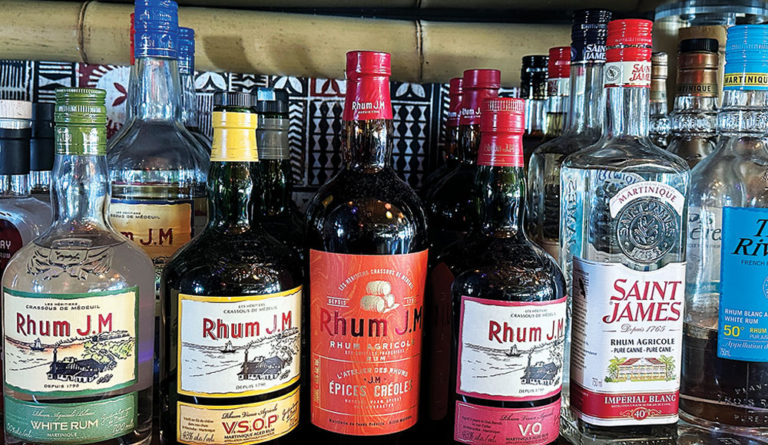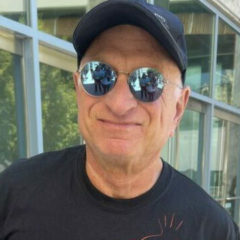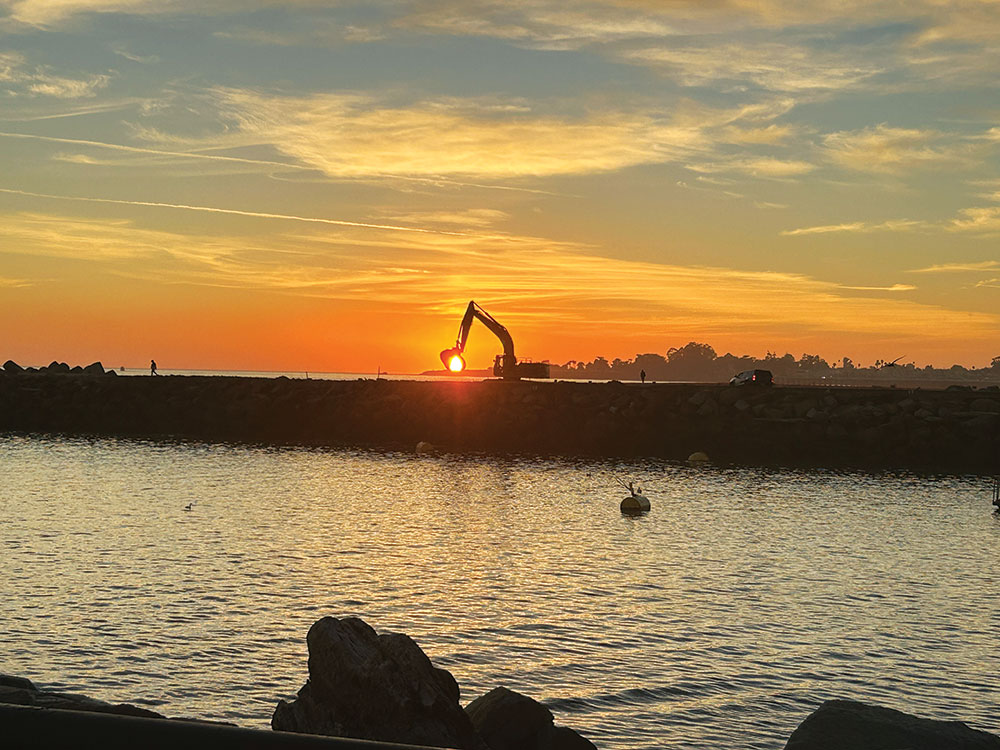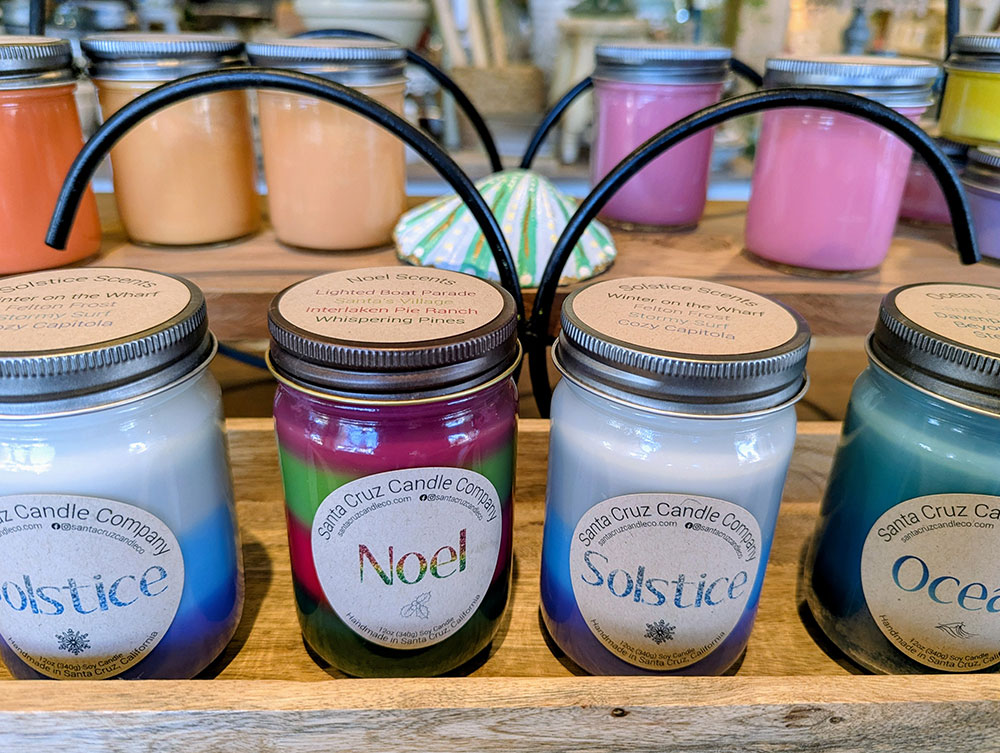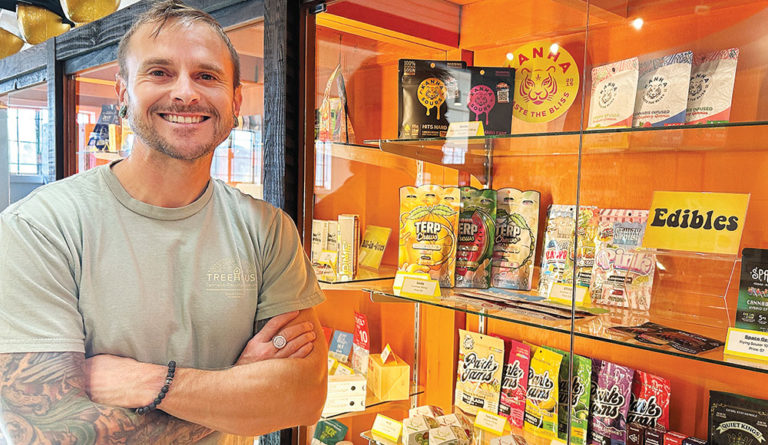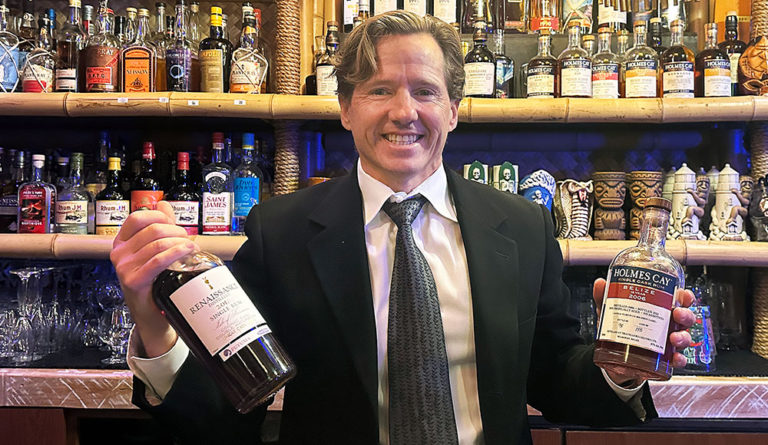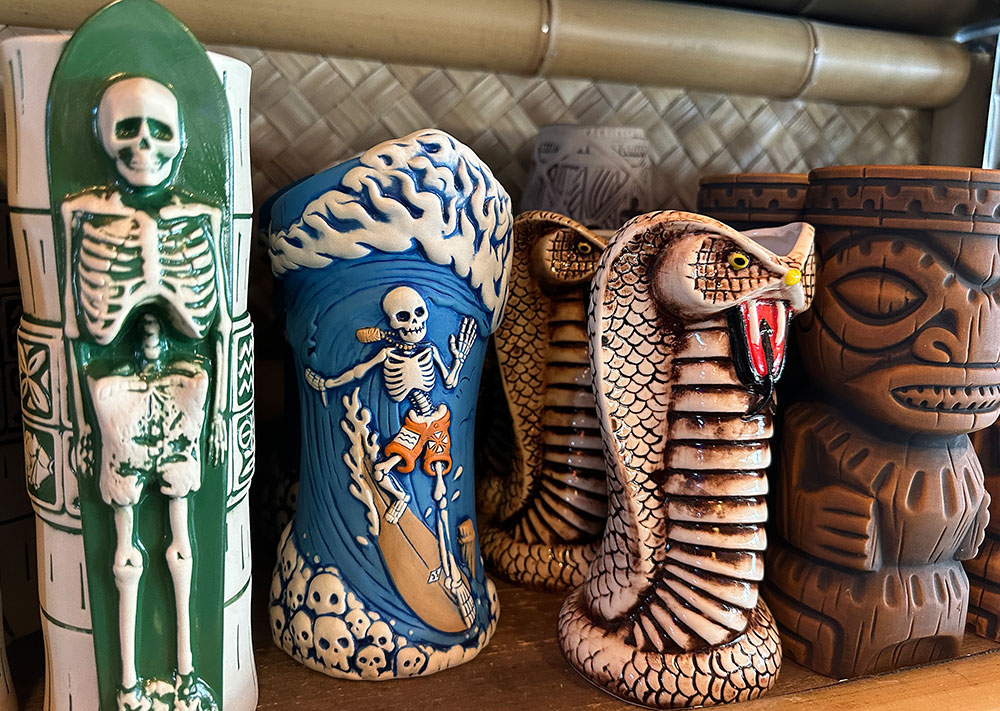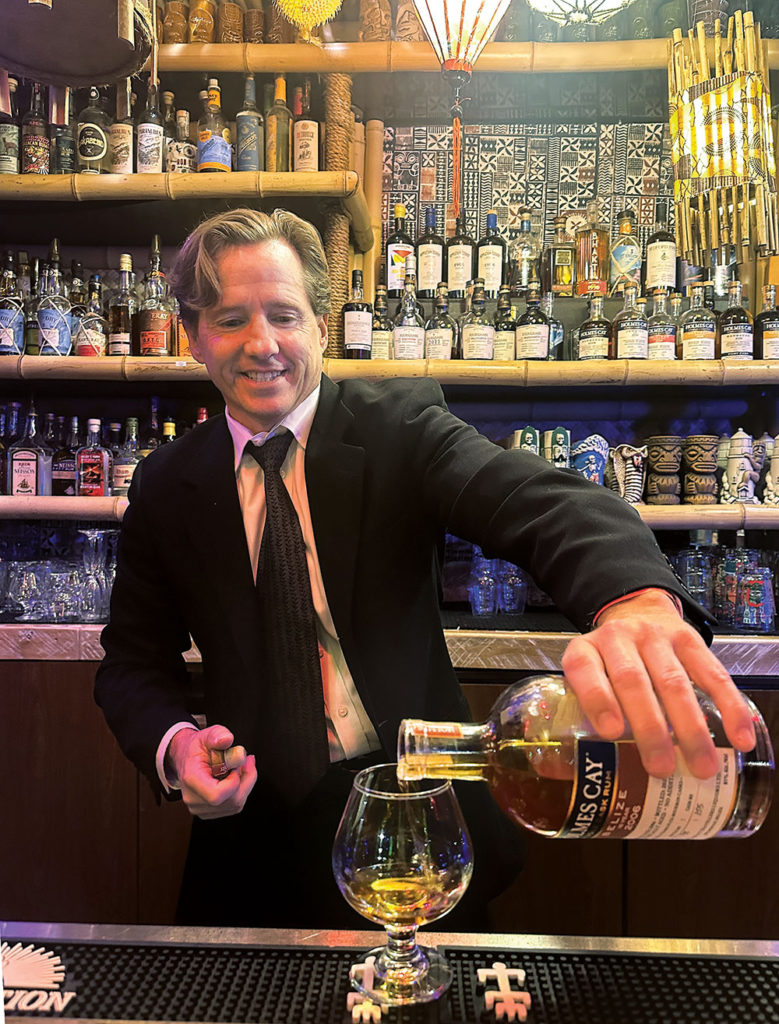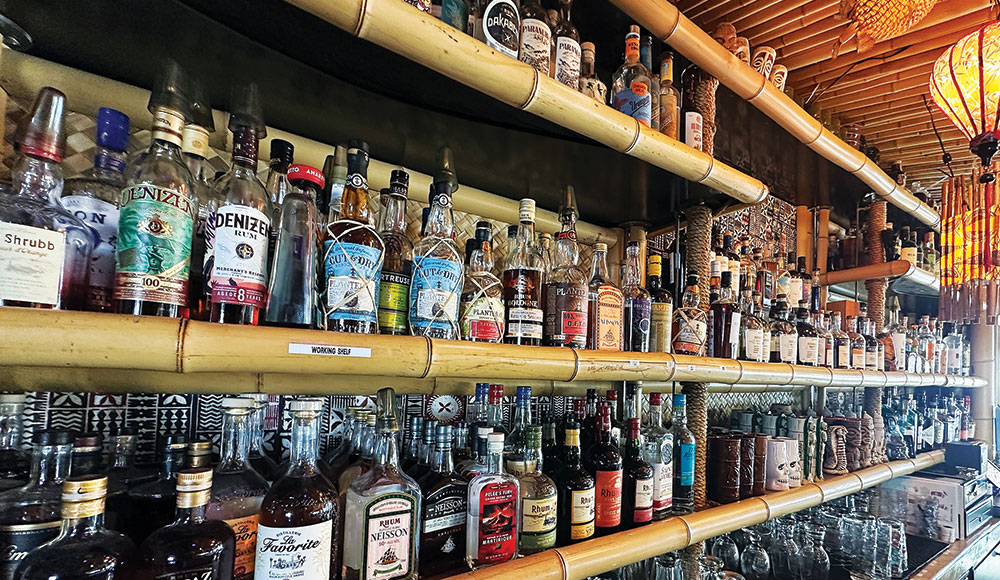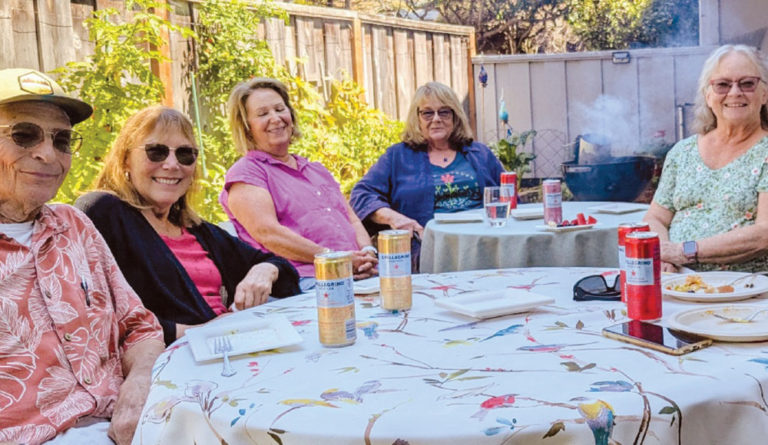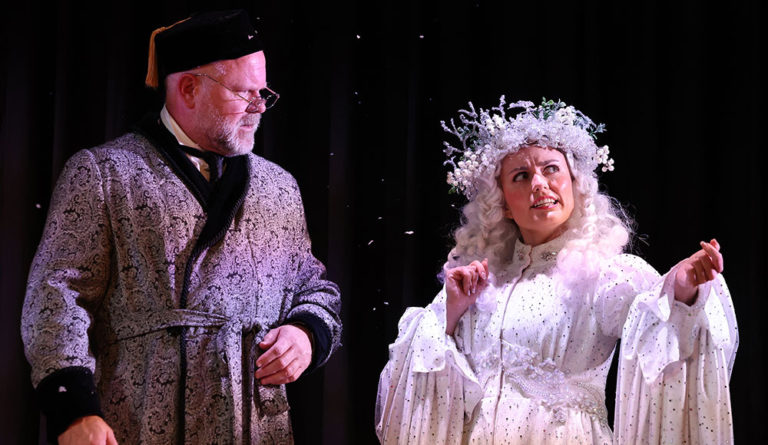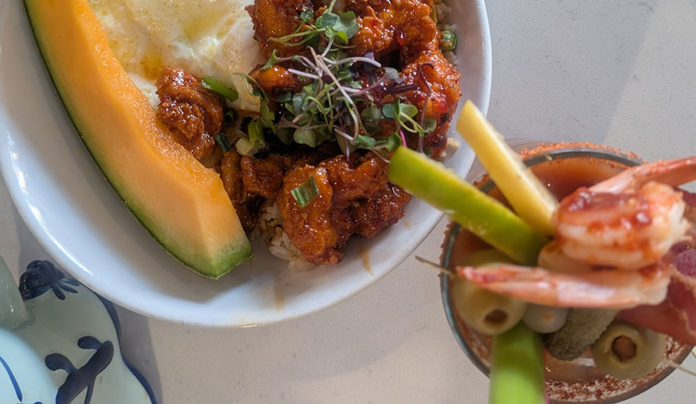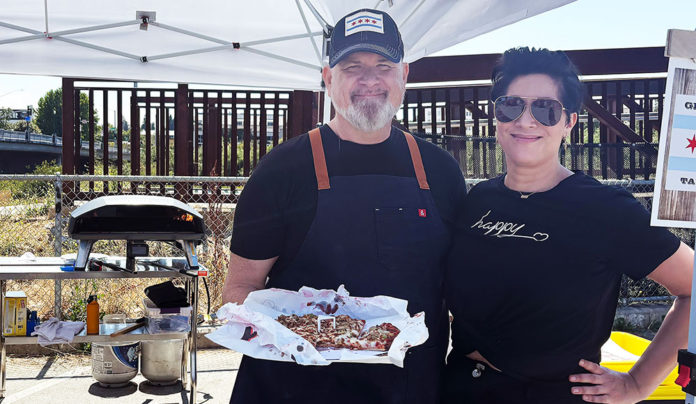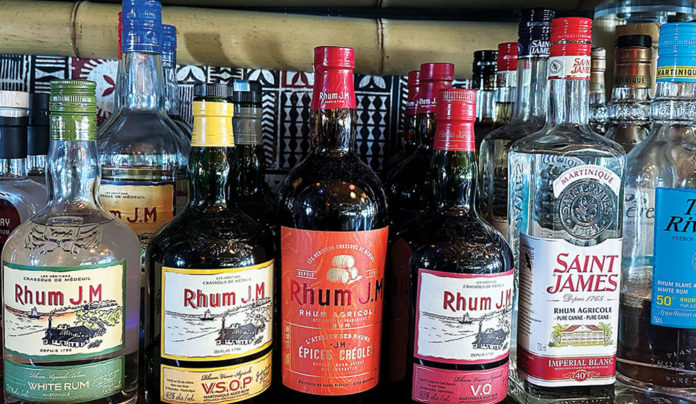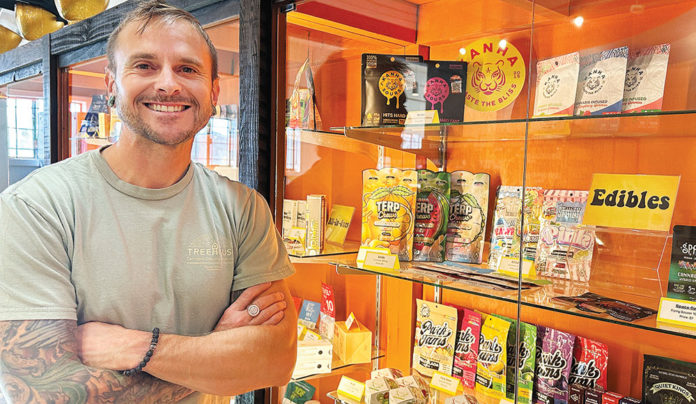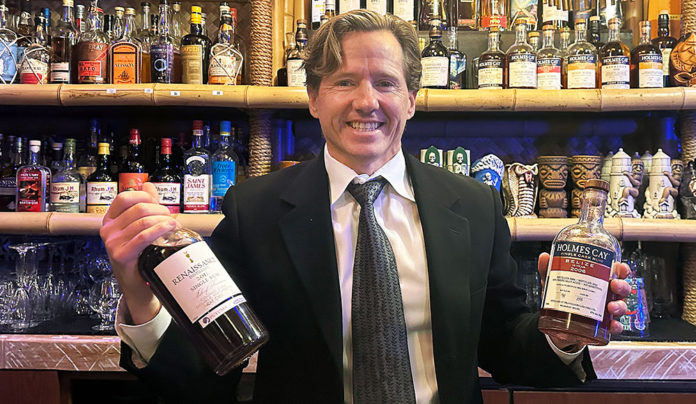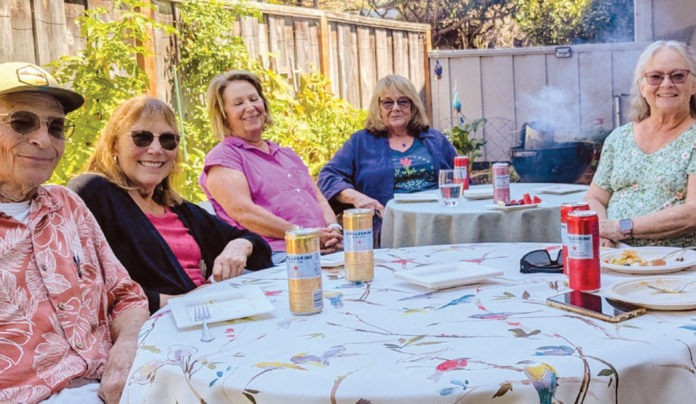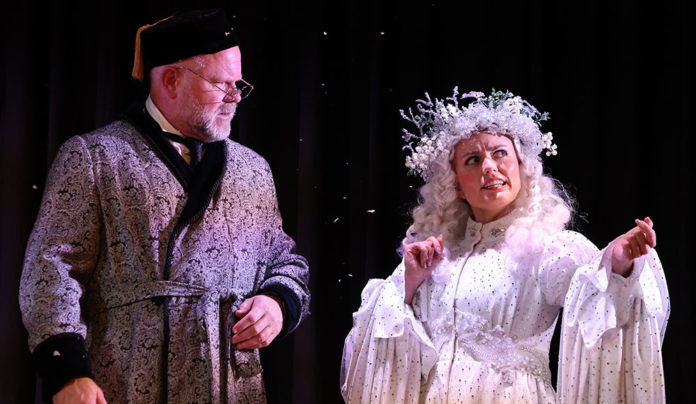ARIES March 21-April 19
In the Brazilian rainforest, Cecropia trees and Azteca ants have a special relationship. The trees’ hollow branches serve as nesting spaces for the ants and offer them sugar-rich food. In return, the ants aggressively defend the trees from herbivores and predators, protecting them from damage. This mutualism benefits both species. The trees get protection that enhances their growth, while the ants gain shelter and nutrition. In the coming months, Aries, I invite you to seek symbiosis that’s equally vigorous. Enjoy the fun challenge of reducing your solo struggles as you rouse collaborations that boost your power and everyone else’s. The goal is intelligent alliance, not compromise. Be resourceful as you trade a bit too much independence for just the right amount of interdependence.
TAURUS April 20-May 20
When potters center clay on a wheel, they typically use one hand inside the vessel to apply steady, controlled force. The other hand remains fluid, guiding and stabilizing the outer rim of the spinning clay. This balanced use of pressure—one hand firm and bracing, the other adapting minutely to the shifting clay—helps bring the lump into perfect symmetry. I propose you make this a prime metaphor in the coming months, Taurus: control meeting surrender. You will be crafting a new balance between security and surprise. Too much rigidity, and the form cracks; too much flow, and it collapses. Practice the middle art.
GEMINI May 21-June 20
Poet Audre Lorde spoke of how caring for herself was the exact opposite of being selfish. It was the foundation of her ability to serve and inspire other people. My Aunt Sophie used to say, “You can’t pour from an empty cup. Take care of yourself first.” Educator Stephen Covey advised, “Be patient with yourself. Self-growth is tender; it’s holy ground. There’s no greater investment.” Poet Vironika Tugaleva writes, “Learning to love yourself is essential and life-changing.” Everything I just said should be your keynotes in the coming months, Gemini. Boost your self-care to sublime levels.
CANCER June 21-July 22
A remarkable species of jellyfish can circumvent the aging and death process that affects all other animals. Turritopsis dohrnii converts its mature, specialized cells back into stem cells, essentially recycling its own body into youth. The process may repeat indefinitely, making the animal theoretically immortal. In the coming months, Cancerian, your emotional wisdom will also show amazing regenerative power. Challenging and intriguing situations will be opportunities for you to initiate stunning acts of renewal. Like the jellyfish, you won’t merely manage change but will use it as a catalyst for vigorous growth. Have you ever before been blessed by such wildly rejuvenative powers of metamorphosis? I don’t think so.
LEO July 23-Aug. 22
According to ancient Egyptian myth, the sun god Ra rode a celestial boat across the sky by day. Each night, he plunged into the underworld to wrangle with chaos so he could rebirth light in time for the dawn. That’s your mythic assignment for the coming months, Leo: not to be nonstop luminous, but to renew and nurture your radiance in the dark. Your courage will lie in feeling and learning from your doubts without identifying with them. Your magnetism and wisdom will deepen as you descend. You won’t be less golden for passing through shadow.
VIRGO Aug. 23-Sept. 22
In medieval monasteries, scribes added whimsical drawings called drolleries into the margins of sacred manuscripts. These marginalia included scenes like frogs playing harps, nuns chasing rabbits, and fantastical creatures engaged in playful or absurd activities. How should we interpret these seemingly prankish additions? Scholars disagree. In any case, I recommend you experiment with drolleries of your own, Virgo. Inject improvisation into duty. Add ornament to order. The coming months will reward your serious play. You’ll accomplish more by enjoying the work than by obsessing on perfecting it. A touch of friskiness may even improve efficiency. So when you edit, doodle; when you analyze, wink.
LIBRA Sept. 23-Oct. 22
Italy’s Orto Botanico di Padova is the world’s oldest botanical garden still in its original location. Since its inception 480 years ago, it has been a center for botanical research, education and conservation. Its layout is striking, a square-inscribed in a circle, symbolizing harmonious order. In the coming months, Libra, you will be wise to associate yourself intimately with a similar wonder: an enduring source of beauty and revelation that you can both serve and benefit from.
SCORPIO Oct. 23-Nov. 21
Astronaut Chris Hadfield has spent 166 days orbiting the Earth in the International Space Station. In the microgravity of outer space, he says, motion is very smooth; objects and people float. He marvels at how everything is always moving, and yet the pace itself is tranquil and unhurried. I foresee you enjoying a lot of this kind of grace in the coming months, Scorpio: momentum without mania; constant fluidic movement that’s never hectic or rushed. What a great privilege! I expect you will rack up many flowing accomplishments.
SAGITTARIUS Nov. 22-Dec. 21
In Kyoto’s famous moss gardens, caretakers practice artful arrangement rather than total removal of shed foliage. They use delicate tools to gather trees’ cast-off leaves and arrange them on the moss to create visual harmony rather than bare tidiness. This approach reflects the Japanese aesthetic principles of embracing imperfection. Supposed “flaws” become part of the beauty of the garden. I propose that you regularly adopt a metaphorically comparable approach in the coming months, Sagittarius. Integrate rather than edit. Be creative with what’s changing form. Treat so-called messes and unexpected plot twists not as blemishes but as rich textures that feel meaningful and inspiring.
CAPRICORN Dec. 22-Jan. 19
A newly planted orchard spends its first year growing roots, not fruit. Underground and unseen, the real work happens. I surmise that’s like what you will be doing in the coming months, Capricorn: mostly invisible stabilization and preparation. If anyone asks you what you’re producing, smile inscrutably and say, “Depth.” Be committed to the quiet, hidden work rather than any showy song and dance. As my rough and rugged spirit guide Esther likes to say, “You don’t got to prove nothin’ to nobody!” The nourishment you will be storing up will sustain later abundance.
AQUARIUS Jan. 20-Feb. 18
Engineers may engage in “stress testing.” They evaluate a system’s hardiness and reliability by subjecting it to pressure or force. I suspect that life will bring you a benevolent version of this trial in the coming months, Aquarius. That’s a good thing! It’s not meant to break you, but to prove how much resilience you have developed. Situations that might have formerly cracked your confidence will affirm and reveal your upgraded endurance. Take note of your composure and congratulate yourself for it. You will have every right to exult in the vivid evidence of how much you’ve grown.
PISCES Feb. 19-March 20
Piscean author Anaïs Nin wrote, “Love never dies a natural death. It dies because we don’t know how to replenish its source.” Apply her counsel dynamically during the coming months, dear Pisces. Be the great replenisher. Make yourself into a fountain of beauty as you share lavishly. Nurture tenderness and adoration with unexpected flowers, gorgeous music in the midst of the routine, and affection expressed through artful thoughtfulness. Be brilliant and persistent in ensuring that love thrives. Your elegant generosity and fond attention should enrich everything you touch.
Homework: What’s the best thing you can do to stimulate more of the love you want in 2026? Newsletter.FreeWillAstrology.com
© Copyright 2025 Rob Brezsny



